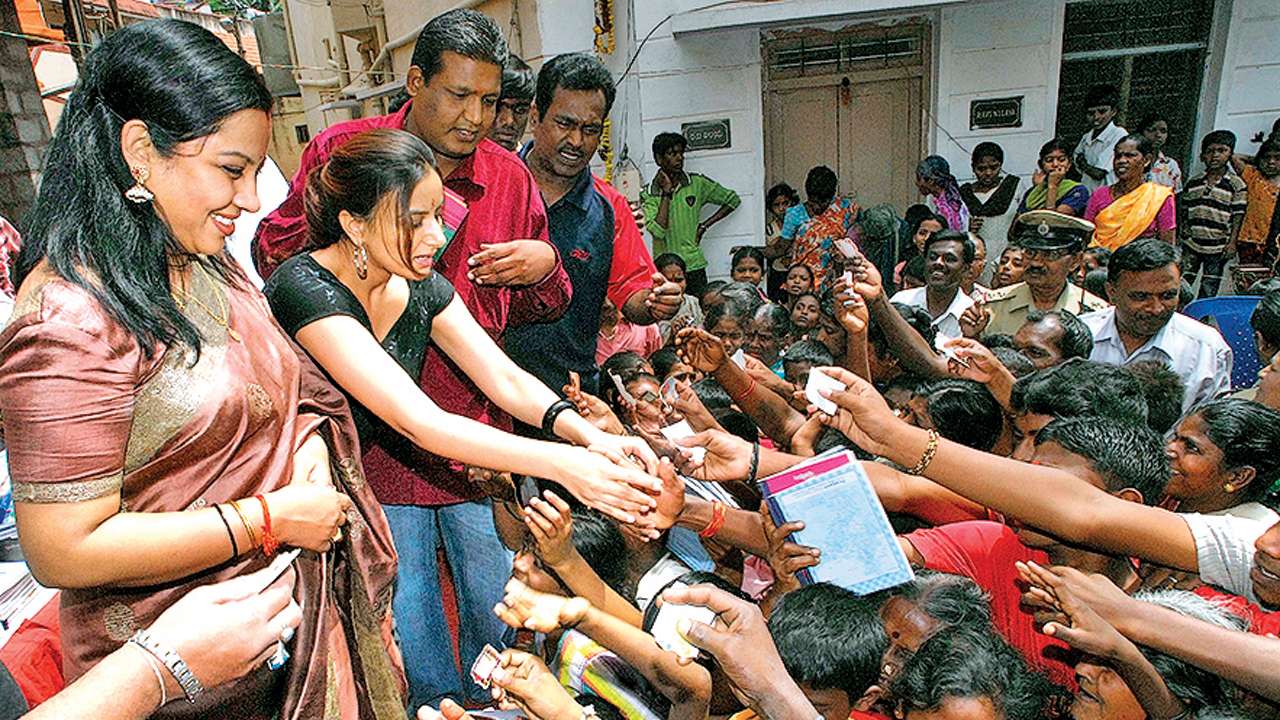
Ever since the Bill to amend the Constitution to provide for reservation to the economically weaker sections (EWS) belonging to the general category, was introduced in Parliament and even after the 124th amendment, most discussions in the media have centred around the political implications of the move and as to whether the amendment shall withstand judicial review. Given the fact that the Constitution now stands amended to provide for 10 per cent reservation in jobs and for admission in government, government-aided and private educational institutions, except the minority educational institutions, it’s now time to focus on strategies and roadmap for effective and speedy implementation of the constitutional mandate.
As regards centrally funded higher and technical educational institutions, notification has already been issued to effect the 10 per cent reservation by enhancing their intake capacity by 25 per cent. These institutions have already submitted their proposals for phased implementation of the policy and have sought additional funding of about Rs 4,400 crore for suitably augmenting their physical infrastructure and faculty resources. The best that the government can do is to expedite the allocation of the required resources and urge these institutions to hasten infrastructure development and hiring of faculty. The same holds true of the government and government-aided deemed universities, which are also financed by the central government. But put together, these institutions account for only 5.16 per cent of the total enrolment in higher education.
A bulk of the benefits shall go to the economically weaker sections when state universities, government, and government-aided colleges, which are majorly funded by the respective state governments are enabled to implement the policy as they account for 48.8 per cent of the total enrolment in higher education. Given the criticality of the state sector in higher education in this regard, it is imperative for the central government to impress upon state governments to urgently notify the implementation of the changed reservation policy and also to fund public institutions under their domain for the proposed expansion. MHRD may consider leveraging the Rashtriya Uchchatar Shiksa Abhiyan (RUSA) to enable and incentivise the state governments for financing the required expansion in the sector.
No less important would be the role of the private sector. Private universities, private deemed universities, private colleges and the standalone institutions presently accounts for 46.2 per cent of the total enrolment in higher education. The private sector, though, shall not depend on public funding for implementing the changed reservation policy and would rather be keen to use the opportunity for increasing the intake capacity, it too shall require facilitation from the government, particularly the regulatory bodies in higher education. Considering that a predominant proportion of the private players are in professional and technical education like architecture, engineering, management, medical, nursing, pharmacy etc, their intakes are sanctioned by the respective regulatory bodies. A policy decision by all the concerned regulatory bodies to suo moto permit these institutions to enhance their intake capacity to the extent required for the implementation of the new reservation policy, obviating the need for applications and processing such requests, shall go a long way towards speedy implementation.
The above described sectoral strategies may be relatively easier to translate into action as compared to the larger challenge of arresting the decline in the quality of higher education due to the rapid expansion in quantity. The challenge is quite imminent on two obvious counts. The foremost challenge arises on account of the fact that development of physical facilities and infrastructure is a time-consuming process, particularly in public-funded higher educational institutions due to delay in the release of funds and also because of the labyrinth of procedural requirements. This can be addressed to some extent by urging the higher educational institutions to be ready with their plans and design and also by timely release of funds. The second and the most critical challenge emanates on account of the hiring of the quality faculty in a time-bound manner. This seems somewhat daunting in view of the fact that faculty vacancies have continued to persist for a fairly long period of time. The situation is likely to remain grim
The author is Secretary General, Association of Indian Universities. Views are personal.